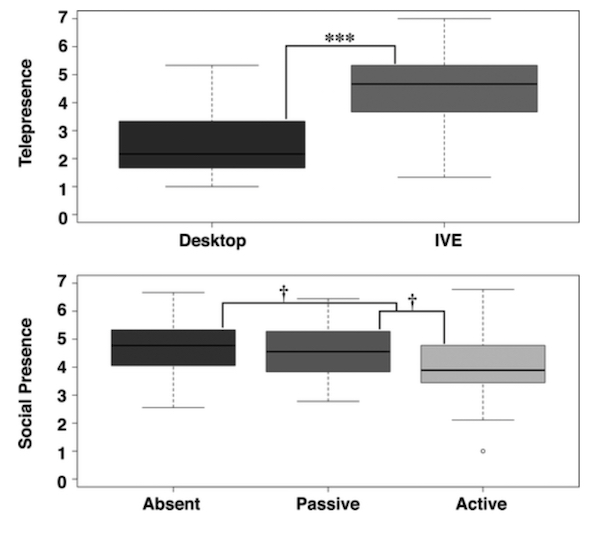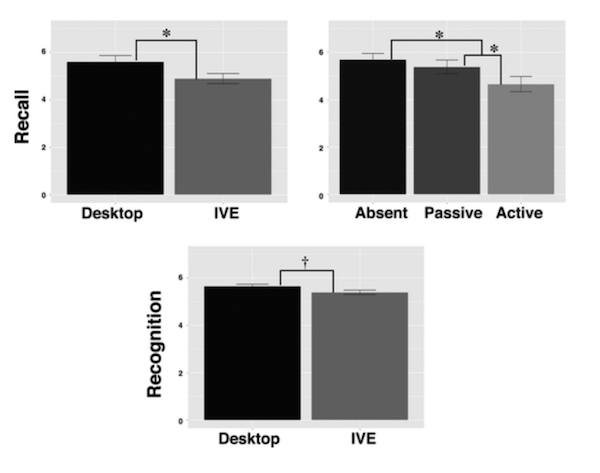When we talk about virtual reality, a good deal is related to how realistic the VR environment is and if the user would accept any such environment as reality. This is all based on the technology side of things like, what resolution does the headset have, or what frame rate does the device allow? These and other parameters are measurable attributes of the display system including the content creation core.

Including your’s truly, we look at the display pixel count of the display and compare this with the ‘camera’ resolution, i.e. our eyes. As you know, the human vision system does not really work like a camera as it is directly connected to the brain via nerves. There are several attributes where a camera is only a bad approximation of the eye’s performance, especially in connection to the massive parallel processing of our brain.
So far, almost every enhancement of a VR headset is driven by bringing the hardware specs closer to our eyes’ capabilities. However, the eye’s resolution is really good and there is no display that creates the required pixel density to max out the eyes performance. Needless to say, that even if we finally succeed in making one, driving such a pixel count is a hurdle as high as making the display in the first place.
Here is another aspect that has not been explored in much detail at this time. What effect does the immersion into a virtual reality environment have on our brain? There are only a few studies done by independent scientific institutions, that are not made to justify any development goal of a hardware or software developer. The latest study explores the connection between VR and real world life.
Catherine Oh, Fernanda Herrera, and Jeremy Bailenson have published their paper “The Effects of Immersion and Real-World Distractions on Virtual Social Interactions” where they look into the effects VR has on some aspects of our real live.
Their idea was to measure how real live events interfere with the VR experience in a VR social media platform. While the paper is really a scientific paper, the goal was to measure quantitatively how real world interference affects the social VR experience measured through “the degree of immersion on recognition and recall, affective valence, interpersonal liking, communication satisfaction, and general feelings of presence.”
VR Experiment Setup – credit: Cyberpsychology, Behavior, and Social Networking
As a short translation, recognition and recall are measuring how much the test subject remembers from the VR experience. They call this the “cognitive outcome”. Interpersonal liking and communication satisfaction describe how enjoyable and “socially desirable” the VR experience was. They call these variables “interpersonal outcomes”. The “affective valence” is how the participants uses words to describe the experience. Telepresence describes how the participants feel about being physically present in the VR experience; while social presence describes being together with another person in the VR environment..
The study had 116 participants with a median age of 21 years interacting with a social VR platform. Here they had to interview a virtual agent to find out as much as they could about the virtual person. The had a list of pre-determined questions and the virtual agent was responding with pre-determined answers. Since half of the participants were male and the other half female, the VR platform had male participants speak only to a male virtual agent and females speak only to a female agent.
One third of the participants had no real world distractions and could focus on the task in the virtual platform. Another third heard a cellphone ringing for 20 sec during the VR interaction. This happened three times with no further instructions on what to do with the ringing cell phone that was placed out of their sight. They called this the ‘passive distraction condition’. The last third of the participants was asked to press a button whenever the cellphone was ringing, which they referred to as the ‘active distraction’ condition.
After the interview they asked the participants questions to evaluate the variables described above. To measure the effect of immersion on the variables half of the participants performed the test on a laptop and the other half with a VR headset.
 VR Experiment Results Telepresence and Social Presence, credit: Cyberpsychology, Behavior, and Social Networking
VR Experiment Results Telepresence and Social Presence, credit: Cyberpsychology, Behavior, and Social Networking
As most people would expect, immersion had a positive effect on telepresence. The more you are immersed in a situation the more you feel present in that environment, however the data did not support the hypothesis that distraction also effects telepresence. Interestingly the results for social presence were reversed. There was no effect of immersion on social presence, but a small effect on social presence from distraction.
 VR Experiment Results Recall and Recognition, credit: Cyberpsychology, Behavior, and Social Networking
VR Experiment Results Recall and Recognition, credit: Cyberpsychology, Behavior, and Social Networking
Looking at recall and recognition, both were affected by immersion and distraction. In all cases recall and recognition went down with increased distraction, not really a surprise, however both measures also decreased with increased immersion. This is somewhat of a surprise for me. I would have expect that more immersion would increase the cognitive outcomes of a VR interaction, but this does not seem to be the case. Instead telepresence is positively affected by immersion and social presence negatively affected by distraction. All the other variables did not show any strong correlation with immersion and distraction. The authors are not sure if this a result of the design of the experiment or a fundamental issue with VR.
All in all, the results are somewhat surprising and at least raise the question of whether more immersion is a good thing for all VR applications or not? If the cognitive outcome is actually negatively affected, as this experiment suggests, it bears the question of whether VR is a good thing for learning or not? As the authors discuss, it may be an effect of the experimental design or maybe a general issue with VR. We just do not know today. – NH

